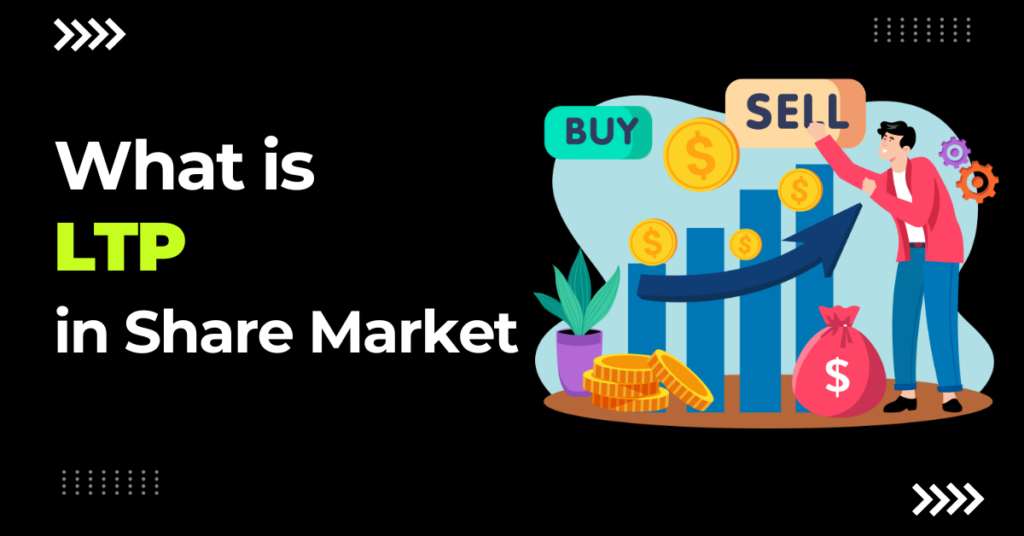
If you’re new to the world of stock trading, you’ve probably come across the term “LTP” on trading platforms or financial news channels. For those just starting their investment journey, these words might seem confusing. But don’t worry! In this blog, we’ll break down what LTP in share market, why it matters, and how you can use it to make better trading decisions.
LTP stands for Last Traded Price. It’s one of the most fundamental pieces of information available on any trading platform. Simply put, LTP represents the price at which a particular stock was last bought or sold in the market. This value updates continuously throughout the trading day as transactions occur.
When you open a trading app or visit a financial website, you’ll typically see the LTP displayed prominently next to each stock symbol. For example, if you check Reliance Industries, you might see “LTP: ₹2,500” displayed. This means the most recent transaction for Reliance shares happened at ₹2,500 per share.
The LTP changes whenever a new trade occurs. If someone buys shares at a higher price, the LTP increases. Conversely, if shares are sold at a lower price, the LTP decreases. This constant updating provides traders with the most current valuation information available.
LTP serves as a critical reference point for all market participants. Here are some key reasons why it’s important:
1) Immediate Valuation Reference
LTP gives you an instant snapshot of a stock’s current market value. When considering whether to buy or sell, knowing the last traded price helps you assess if the current market price aligns with your expectations or analysis.
2) Price Trend Indicator
By tracking how LTP changes over time, traders can identify short-term price trends. If LTP is consistently rising, it may indicate bullish sentiment. If it’s falling, it could signal bearish momentum.
3) Order Execution Context
When placing orders, especially market orders, LTP helps you understand the price at which your order might get executed. While there’s no guarantee your order will execute exactly at LTP, it provides a reasonable expectation.
4) Comparative Analysis
Comparing LTP across similar companies helps investors evaluate which stocks might be undervalued or overvalued relative to their peers.
1) It’s Historical Data
Remember that LTP represents a past transaction. The actual price at which your order executes might differ, especially in fast-moving markets.
2) Doesn’t Reflect Overall Market Depth
LTP shows only the last trade price, not the volume of buy or sell orders waiting to be executed at various price levels. For a complete picture, you need to examine the order book as well.
3) Can Be Influenced by Large Trades
Occasionally, a single large transaction can significantly move the LTP, potentially creating a misleading impression of the stock’s true market value.
Let’s say you’re interested in purchasing shares of Company ABC. You check your trading app and see the LTP is ₹500. You place a market order to buy 10 shares. Moments later, your order executes at ₹502. This slight difference occurs because multiple trades happened between when you viewed the LTP and when your order was processed.
If you had placed a limit order at ₹500, your order would only execute if the stock’s price returned to that level. This illustrates how LTP serves as a reference but doesn’t guarantee execution at that exact price.
Understanding LTP in the share market is essential for anyone looking to trade stocks, whether as a short-term trader or long-term investor. While it provides crucial real-time pricing information, remember that it’s just one piece of the puzzle. Always consider additional factors like company fundamentals, market trends, and your own investment goals when making trading decisions.
By mastering the concept of LTP and learning how to interpret it within the broader market context, you’ll be better equipped to navigate the complexities of stock trading and make more informed investment choices.
Chat Now